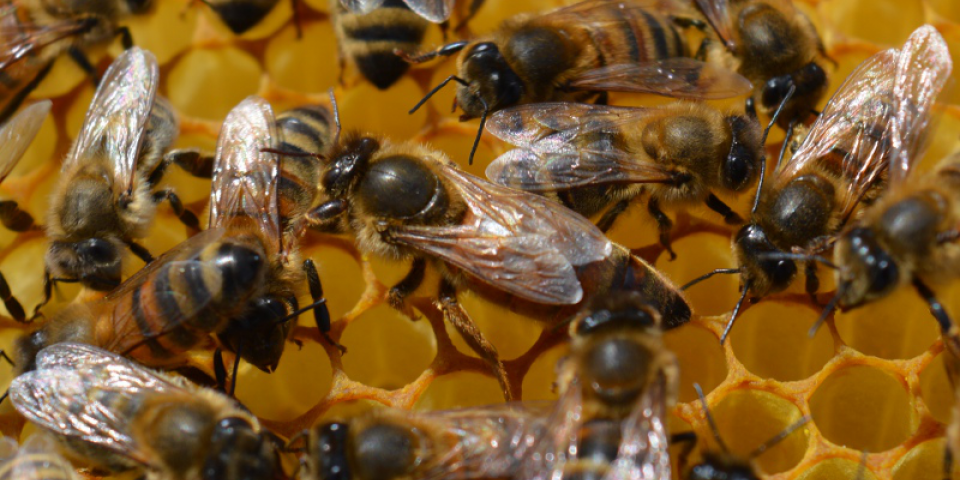- Posted By: jenifer
- Comments: 0
A glimmer of hope for swarming bees
Has it really been nearly 2 months since I last jotted down some of my beekeeping adventures? Well, what a way to come back - luring a swarming of bees out of a roof space at work and into a bait hive!
This time of year is when honey bees are likely to swarm as their colony sizes grow and the next generation needs room to expand. It’s a beekeeper’s job is to try and prevent that from happening as not everyone likes honey bees and they could be seen as a nuisance, especially when they take up residence in your roof space – and that’s what happened at work last Thursday!










